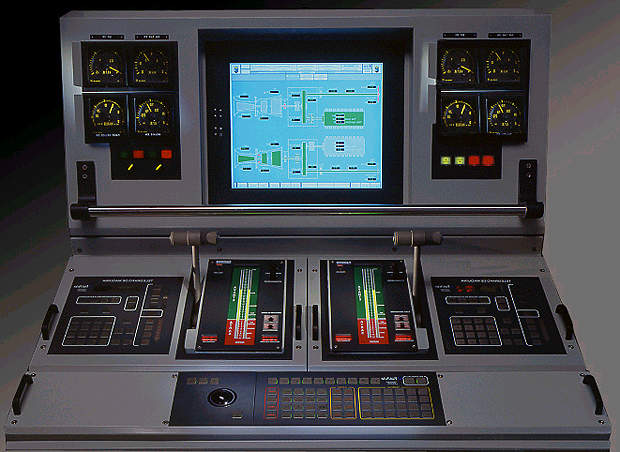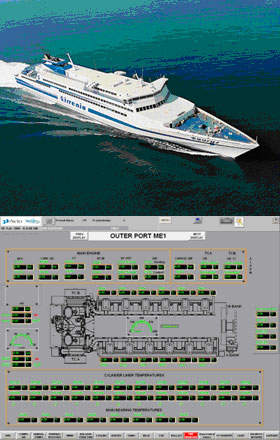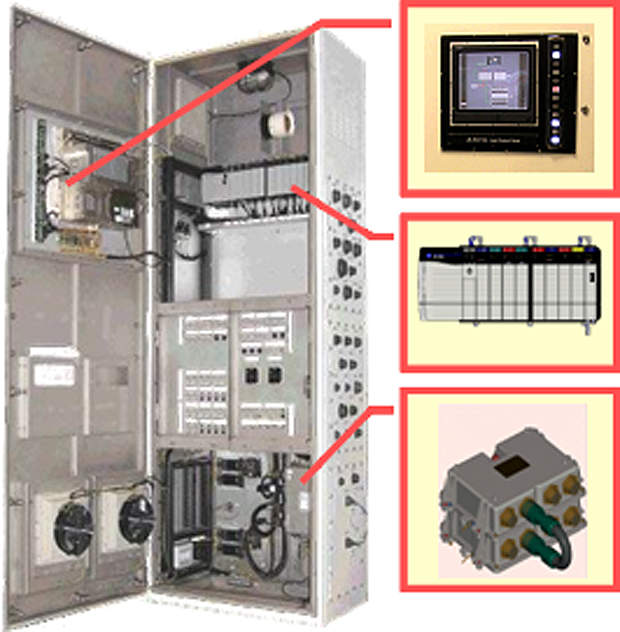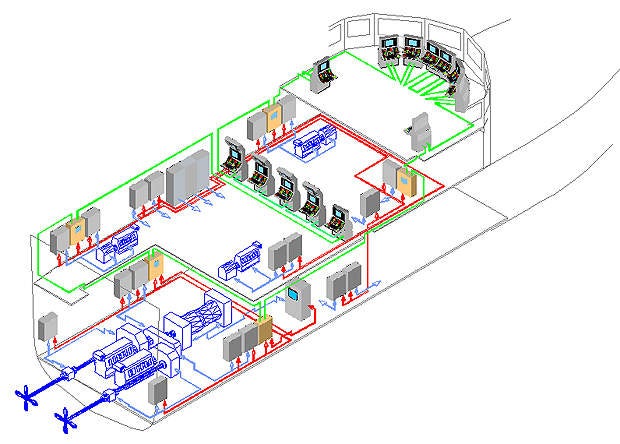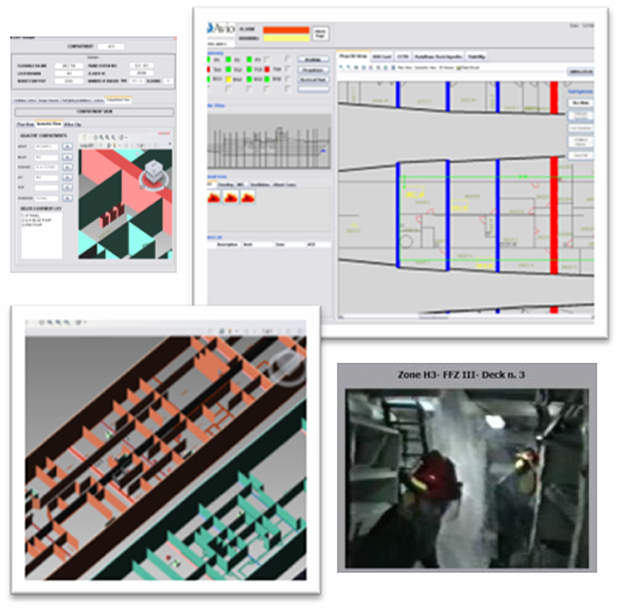Avio’s involvement in naval sector dates back to the beginning of last century, with the study and implementation of marine engines at that time with cutting-edge technologies. Nowadays, the electronics and electrical systems division, known worldwide for the excellent quality of its systems, its continuous commitment to R&D and the high professional level of its designers, is one of the most significant references in the field of electronics in Italy and abroad.
From the early successes of the 1970s, the naval systems department has maintained a top position in the development and manufacture of advanced automation and electronic systems, with hundreds of merchant and military applications installed around the world.
Avio’s product portfolio covers all automation functions of ship platform for navigation, safety and stability, offering a full range of integrated tools for the conduct of ships and submarines, including systems for training and maintenance.
Integrated platform management system (IPMS)
Master 3+ is the brand name of Avio’s IPMS for civil applications, developed to perform monitoring and control functionalities and support the crew for decisions related to the navigation, stability and loading of the vessel, enabling a reduced crew to manage the vessel’s machinery quickly, efficiently and safely.
Product choices, such as the adoption of COTS, and international standards, minimise the through-life cost for logistic support.
Master3+ is a client-server, modular and multi-level architecture, based on commercial PLCs and workstations, connected through a high-speed network. A high level of redundancy gives robustness and reliability to the system.
The use of standard workstations, together with a wide set of mimics for Human Machine Interface, allow easy configuration by the operator with user-friendly operations. Operator stations are interchangeable, in order to ensure continuity of service, even in the case of failure of any of them. Portable operator units, and additional access points to the supervision network, extend operator interface to the system along the ship.
In case of failure or damage the IPMS provides:
- Management of the electrical power plant and propulsion system configurations to maintain or restore ship capabilities
- Ship handling navigation facilities from an emergency position
All the software modules for system control / HMIs / user consoles are entirely developed by Avio.
Propulsion and manoeuvring management and control module
The system’s propulsion and manoeuvring management and control module provides control and monitoring functionalities for the propulsion machinery (engines, propellers, levers etc.) including the relevant ancillaries, according to predefined control laws.
Electrical power management and control module
The system’s electrical power management and control module provides control and monitoring functionalities for the generation and distribution of ship electrical power with the main purpose of avoiding a blackout in any condition and use the generators in the most efficient way.
Auxiliaries management and control
The system’s auxiliaries management and control provides complete control and monitoring functionalities for auxiliary systems from remote operator workstations, reducing to the minimum manual on-field interventions. Typical applications are HVAC, Storage Tanks, Bilge, Ballast and Diesel oil etc.
Damage control system (DCS)
A complete range of modules makes the DCS a comprehensive system able to meet the most demanding requirements in terms of safety, system availability and reliability. The DCS is fully automated and has the aim of detecting ship damage situations (through dedicated modules like the flooding detection system and fire detection system etc.) and / or potential risk of damage (through modules like the hull flex monitoring system and stability monitoring system).
Providing data relevant to the ship’s safety from on-board plants, sensors and dedicated subsystems in a suitable graphic format, the DCS gives effective decision support to the safety operators with complementary information related to installed machinery, 2D and 3D graphics of ship arrangement, kill-cards and plant schemes etc.
Turbine control system
developed by Avio and fully qualified by General Electric, is a microprocessor-based system, fully integrated with the IPMS, designed to perform control and monitoring of the LM2500 family’s Gas Turbine and auxiliary systems for marine Propulsion.
Avio’s TCS can also be integrated with third-party systems.
Roll stabilisation control system
The Roll Stabilisation Control System (RSCS) reduces undesired ship roll motion induced by waves by means of the control and monitoring of stabilising fins.
After-sales service
Avio provides technical assistance with highly specialised personnel to perform all on-board repair and overhaul activities. An engineering team with proven experience offers high quality solutions for refitting programmes.
Avio also offers an integrated logistic service covering a wide range of services such as logistic studies, configuration control, management and supply of spare parts, staff training courses and technical publications.


